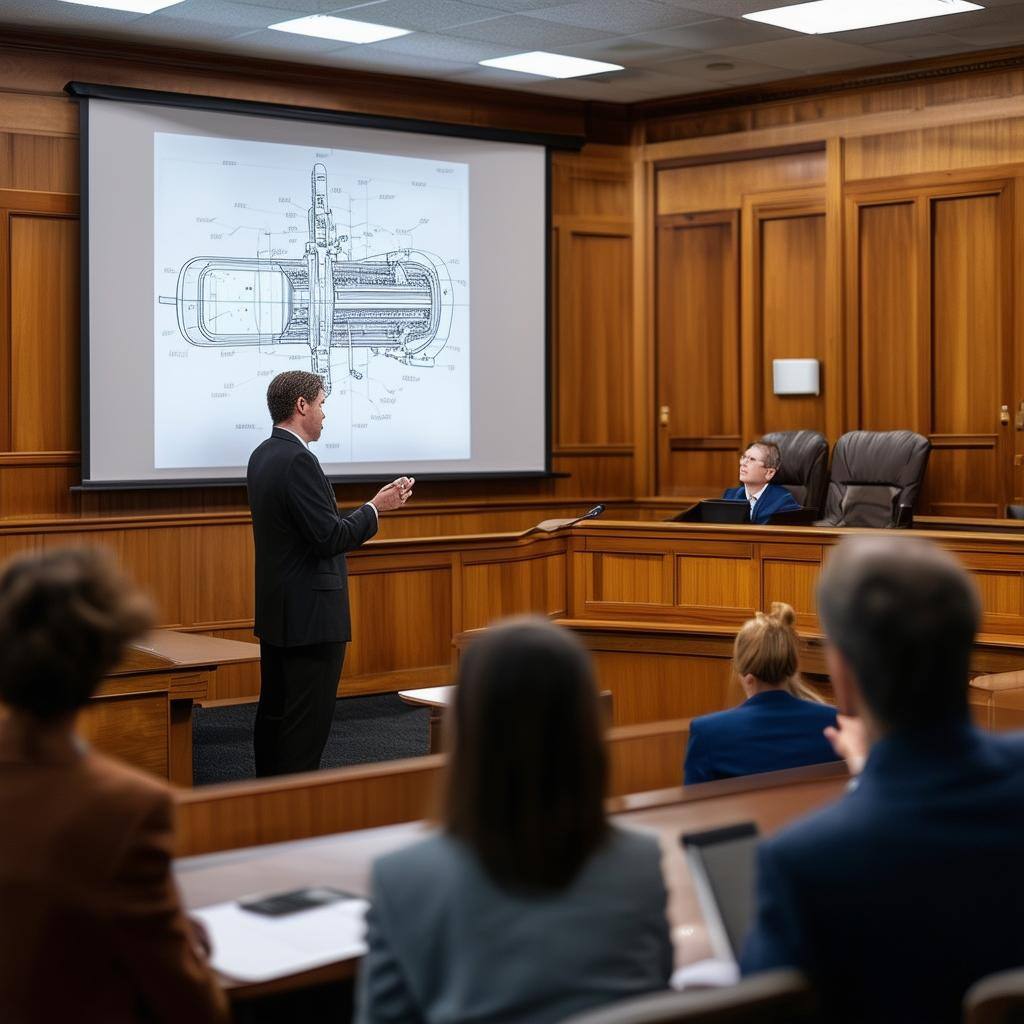The ability to tell stories is an essential skill in the legal field, where the goal is to persuade judges and juries effectively. In a world flooded with data and legal arguments, weaving a compelling narrative can make the difference between success and failure in a trial.
Here are my top 10 tips for persuasive storytelling in the courtroom.
1. Master the art of storytelling: Captivate the audience and persuade judges and juries by weaving a compelling narrative. See 14 Differences Between a Theme and a Story in Litigation.
2. Understand the power of narrative: Humanize the facts to make them more understandable and appealing to the judge and jury. See Storytelling Proven to be Scientifically More Persuasive.
3. Present your case as a story: Create an emotional connection that pure data or legal language cannot achieve. See $300 Million of Litigation Consulting and Storytelling Validation.
4. Craft a compelling opening statement: Set the stage for the trial with a clear, concise, and engaging introduction. See 21 Secrets From an Opening Statement Guru.
5. Use the hero's journey framework: Make your client's story more engaging by positioning them as the hero who faces and overcomes challenges. See Portray Your Client As a Hero in 17 Easy Storytelling Steps.
6. Leverage fear: Highlight potential negative outcomes to create urgency. If you are on the plaintiff side, use reptile techniques; if you are on the defense, read this five-part series of articles: Repelling the Reptile Trial Strategy as Defense Counsel - Part 1.
7. Build empathy with characters: Develop characters that the jury can identify with and that foster emotional investment in your case. See Poor Litigation Character Development Will Yield Poor Results
8. Structure your case clearly: Maintain a logical flow with a clear beginning, development, and conclusion to keep the jury interested. 5 Keys to Telling a Compelling Story in the Courtroom.
9. Incorporate emotional appeals: Use emotions effectively while balancing them with factual evidence for a credible narrative. See Using Visual Persuasion to Emotionally Move Your Audience and 16 Trial Presentation Tips You Can Learn from Hollywood.
10. Enhance storytelling with visuals: Use litigation graphics to clarify complex information and strengthen the impact of your narrative. See Crafting Compelling Legal Arguments Using Storytelling Techniques — Paint a Picture for Your Jury.
In conclusion, by integrating these storytelling strategies, lawyers can inform and touch jurors' hearts and minds. This approach improves case comprehension and significantly increases the chances of a favorable verdict.
Other Persuadius articles and resources about storytelling, building a narrative, surprise, and other persuasion techniques include:
- What is Litigation Consulting and What Do Litigation Consultants Do?
- Help - I'd like to run a confidential conflicts check or just get in touch with Persuadius
- Three Top Trial Lawyers Tell Us Why Storytelling Is So Important
- Repelling the Reptile Trial Strategy as Defense Counsel - Part 1
- [New Webinar] 5 Ways to Maximize Persuasion During Opening Statements
- Storytelling for Litigators E-Book 3rd Ed.
- FREE Webinar: Storytelling for Litigators
- 5 Essential Elements of Storytelling and Persuasion
- 5 Keys to Telling a Compelling Story in the Courtroom
- Why Trial Graphics are an Essential Persuasion Tool for Litigators
- Ten Ways to Maximize Persuasive Courtroom Storytelling (Part One)
- Netanyahu Persuades and Presents Better Than Most Trial Lawyers
- What Trial Lawyers Can Learn From Russian Facebook Ads
- How to Use the Principles of Advice-Giving to Convince a Jury
- The Key Elements of a Good Narrative – at Trial or Anywhere Else
- Still Think Persuasion is About Talking While Showing Bullet Points?
- Using Visual Persuasion to Emotionally Move Your Audience






Leave a Comment